Akagera National Park
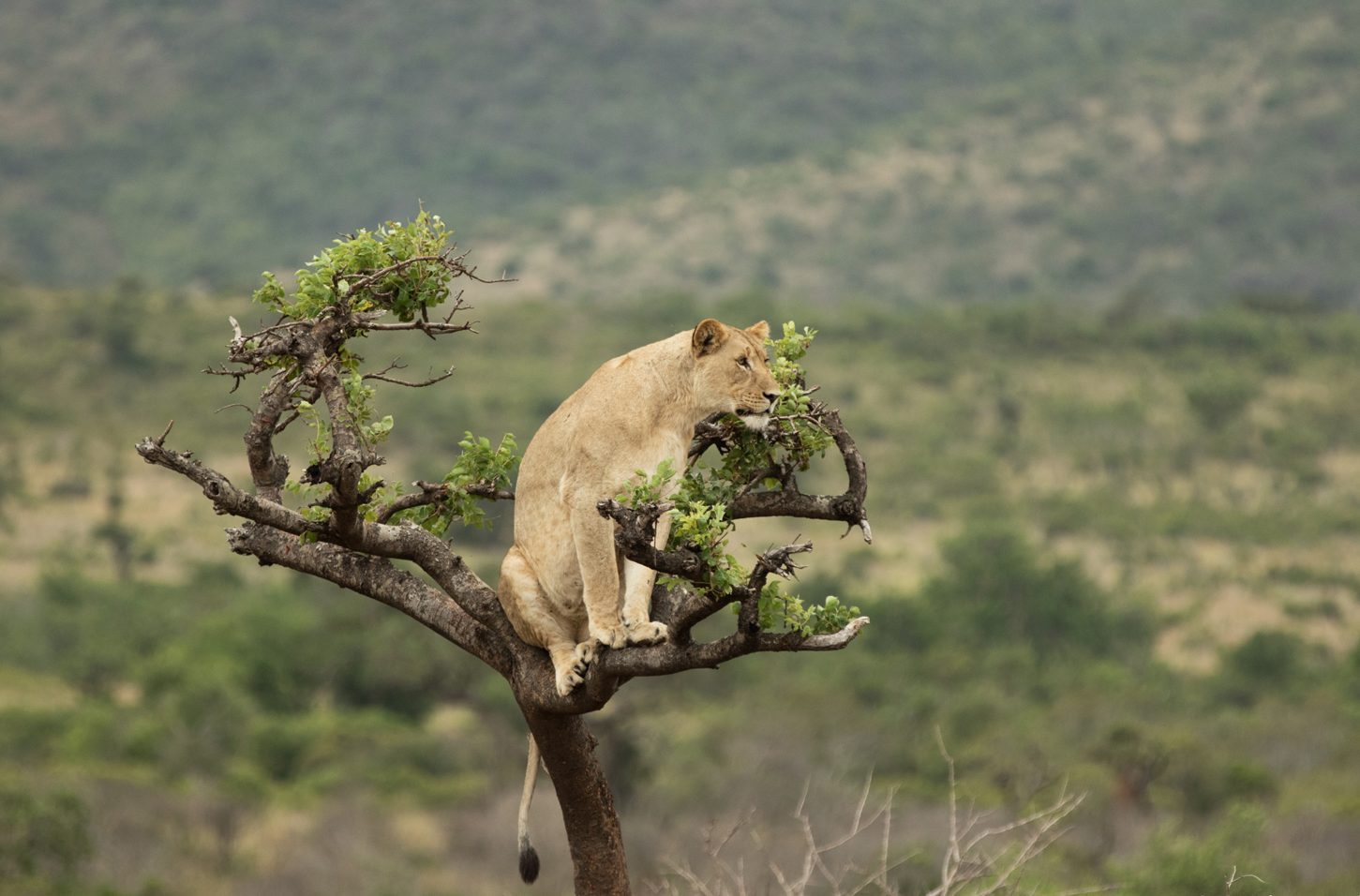
Location: Kayonza District, Eastern Rwanda
Area: 1,122 km2 (433 sq. mi)
Overview
The aftermath of the 1994 genocide had a devastating impact on the environment, this story of revival is remarkable as in 2010 Africa Parks took over management of Akagera National Park in partnership with the Rwanda Development Board (RDB) shifting the park’s trajectory from one of oblivion to prosperity and hope.
Akagera was transformed from a depleted landscape overrun by more than 30,000 cattle into an income-generating park for the benefit of the community and wildlife. Poaching was eliminated in just five years enabling a reintroduction of the lions in 2015, followed by black rhinos in 2017 and 2019, and 30 white rhinos were introduced to the park.
The park covers 1,122 km2 (433 sq. mi) along the international border with Tanzania, founded in 1934 by the Belgian government which at the time occupied Rwanda. The park was 2,500 km2 (970 sq. mi) large and was known for its biodiversity. Akagera used to have a large population of African wild dogs, but a disease epidemic diminished the population and the last wild dogs were seen in 1984. Wildlife numbers have grown from 5,000 in 2010 to almost 12,000.
This park continues to support 300,000 people living around its boundaries, directly benefitting from its existence through support from income-generating enterprises. The success in conservation for the past 10 years of collaboration with RDB, in October 2020, the Government entered into a long-term agreement to have African Parks manage Nyungwe National Park.
The park terrain includes savannah, montane, and swamp habitats, named after the Kagera River which flows along its eastern boundary feeding into Lake Ihema and several smaller lakes. The complex system of lakes and linking papyrus swamps makes up over a third of the park, which is the largest protected wetland in Eastern–Central Africa. In 1986 Maasai giraffes were introduced from Kenya.
The Rwandan Government has a clear vision and is the right management to show how protected areas can support people and wildlife in the long term. Accessible by road only 110 km from Rwanda’ Capital City Kigali, approximately 2-3hours drive to the park, and by air Akagera aviation offer flights to the park, by helicopter, it’s a 25minutes ride from Kigali.
This park can be visited throughout the year, with the dry season (June to September) a prime time for viewing wildlife in the park and (October to December) short rains though it rarely rains a whole day, providing good game viewing in all seasons.
The Uniqueness of this Park
-
- In 2021, 30 Southern white rhinos were successfully translocated from Phinda Reserve in South Africa to Akagera in the largest single rhino translocation to date.
-
- Wildlife populations have flourished with over 11,000 large mammals counted in a 2021 aerial survey, including 133 elephants (a 20% increase since 2019), nearly 4,000 buffalos, and a lion population of 37.
-
- With the help of the counter-poaching canine unit, African Parks overhauled law enforcement to help secure Akagera National Park, and as a result, not one high-value species has been lost to poaching since 2010.
-
- More than 2,000 school children visit Akagera National Park each year, along with teachers and local leaders, as part of the environmental education programme.
-
- Pre-Covid-19, Akagera was 80% self-financing, and despite a reduction in visitors due to Covid-19, tourism contributed 47% towards the park’s operating costs in 2021.
-
- Akagera National Park is Central Africa’s largest protected wetland and the last remaining refuge for savannah-adapted species in Rwanda.
-
- It is the largest national park in Rwanda, spanning a radius of 1,122 square kilometers.
Accommodation Options
-
- Mantis Akagera Game Lodge (60 air-conditioned rooms with en-suite bathrooms).
-
- Ruzizi Tented Lodge (9 tents are set back from Ihema’s serene shores and hidden among swaying palms and fruiting fig trees max 20 guests).
-
- Magashi Camp (6 safari tents).
Activities at the Destination
Boat rides on Lake Ihema, Game viewing drives, Bird watching, Catch-and release fishing on Lake Ihema, Guided Nature walks, and Cultural Visits.
African Sundowner
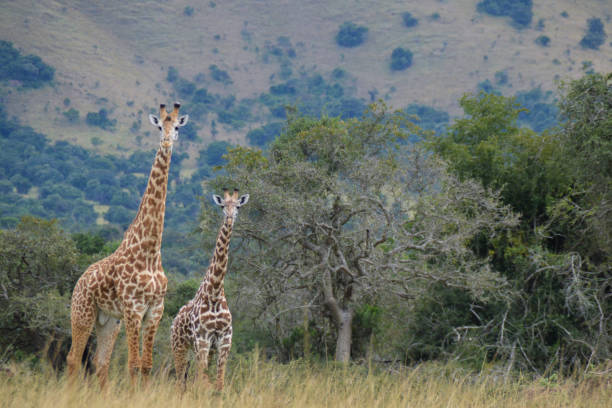
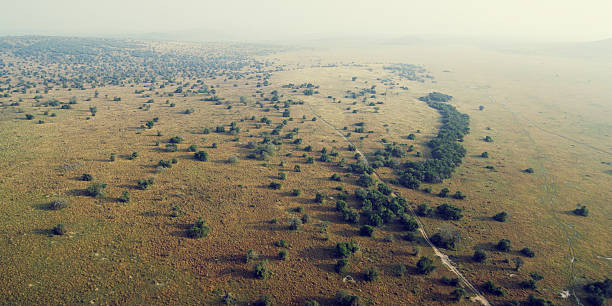
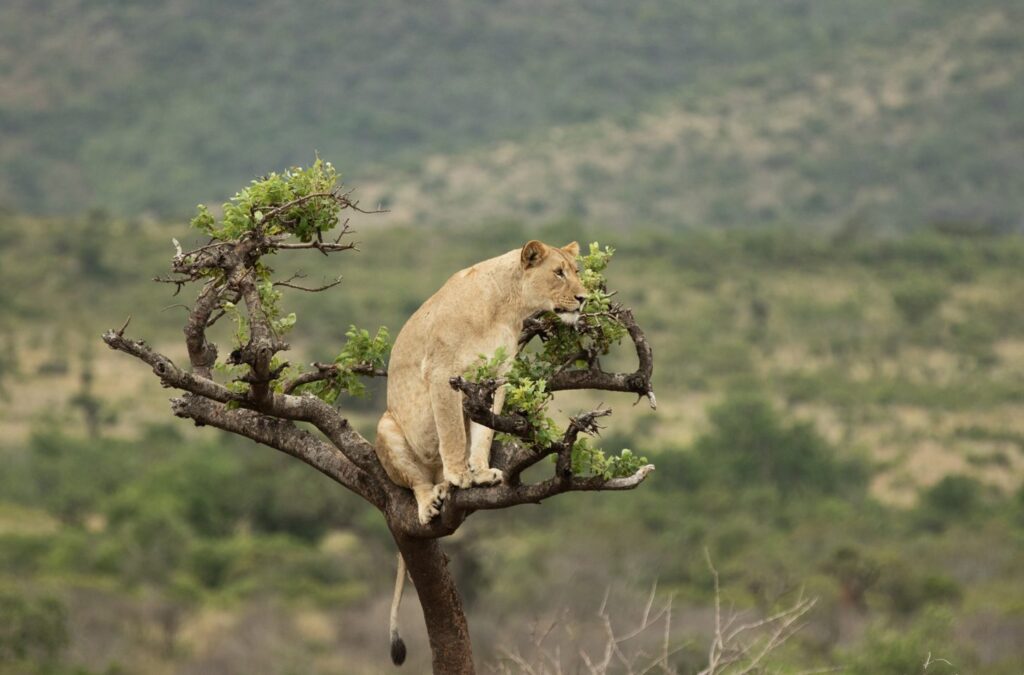
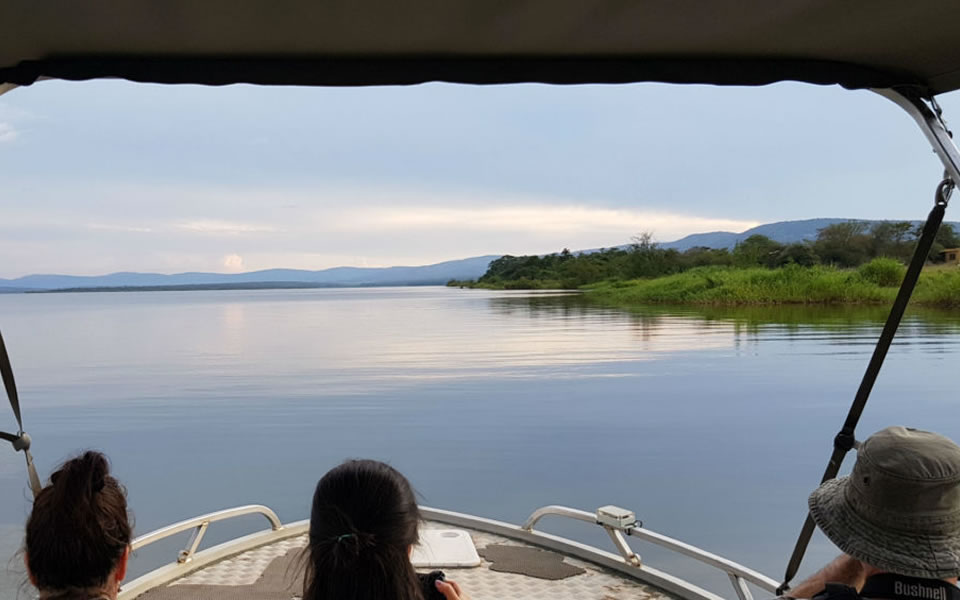

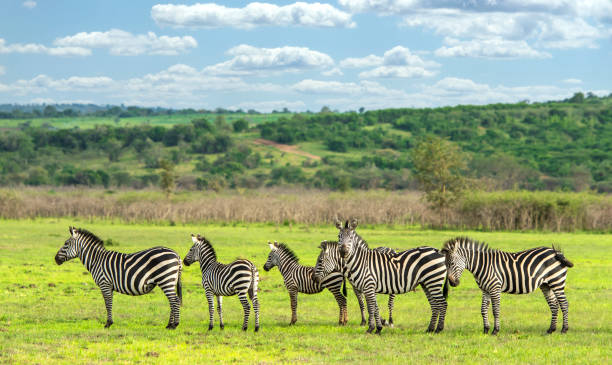
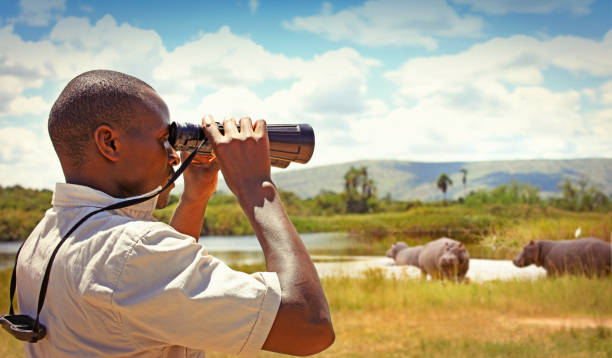
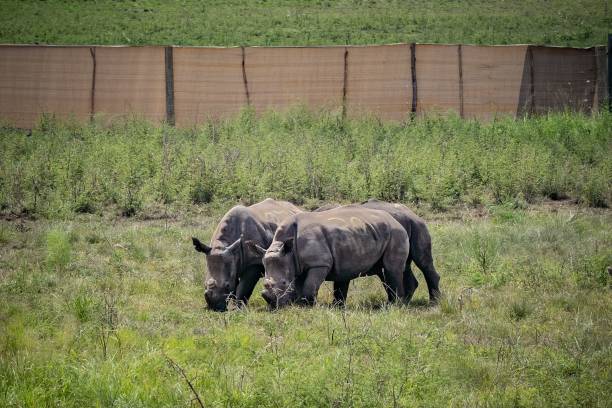
Bird Watching








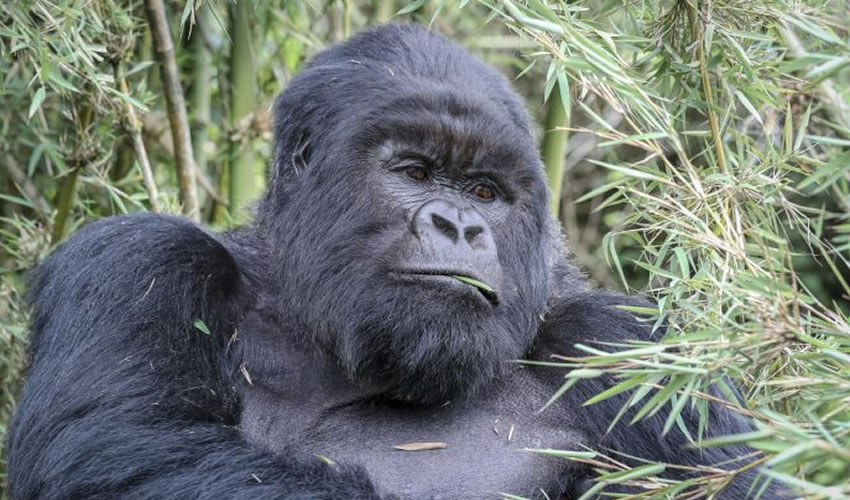
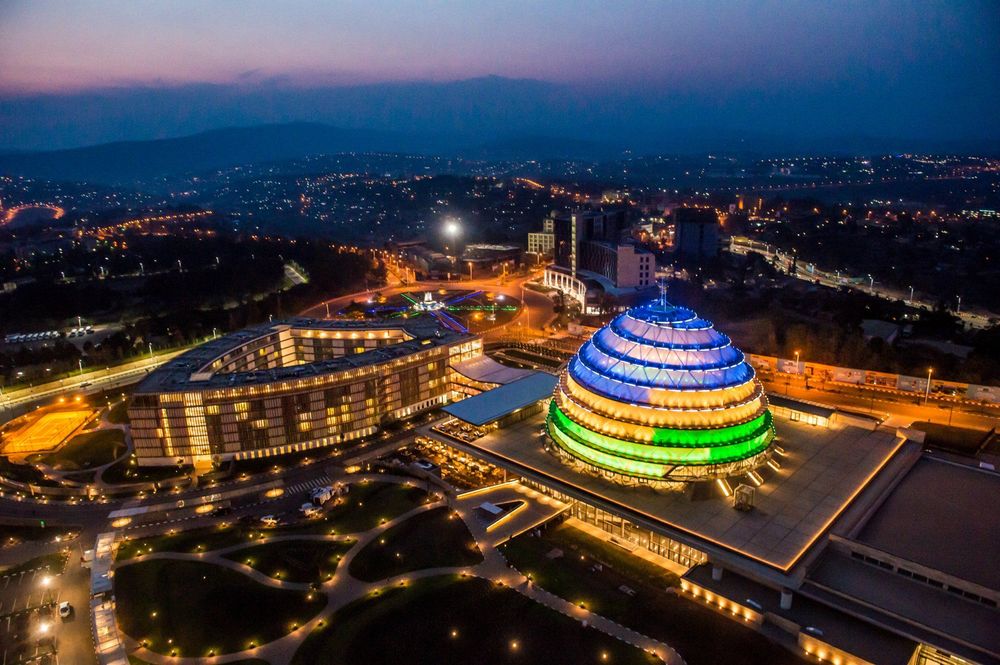


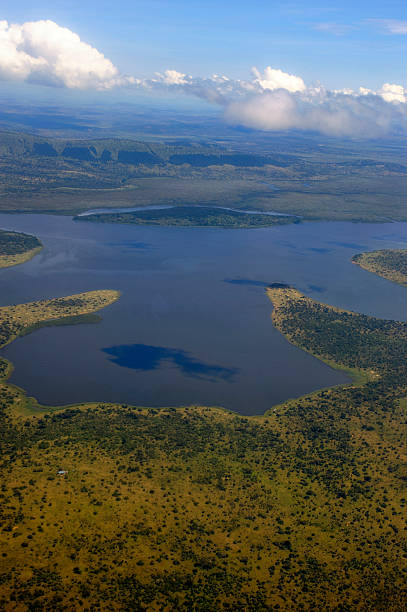



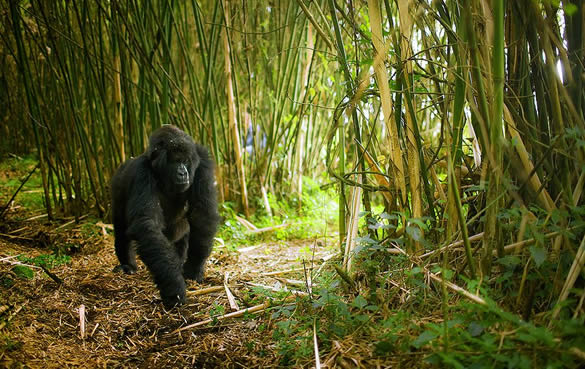
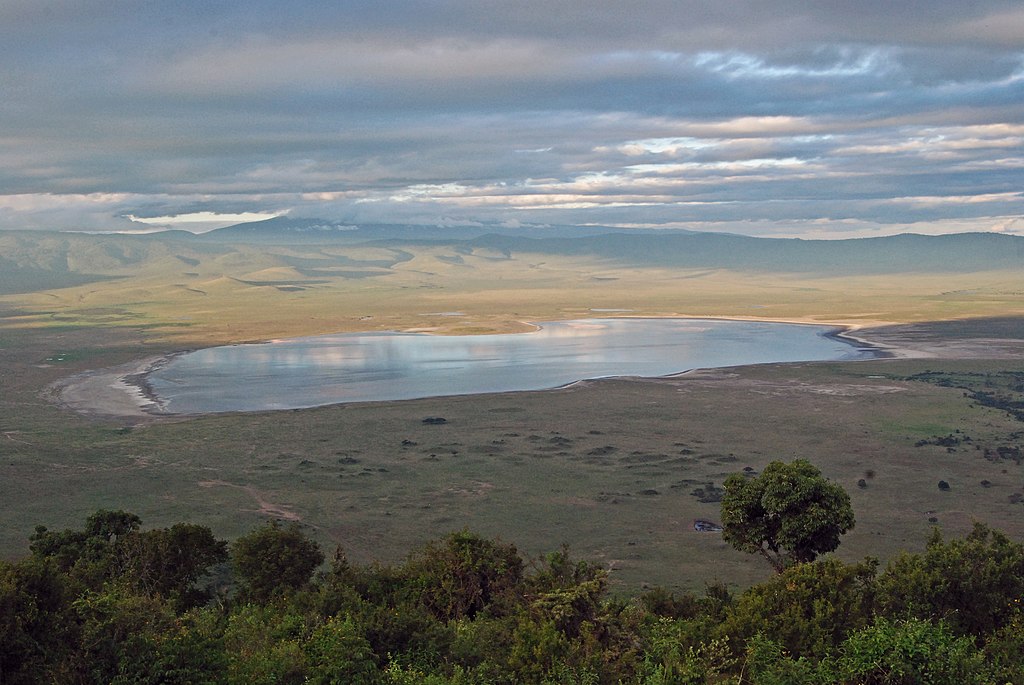
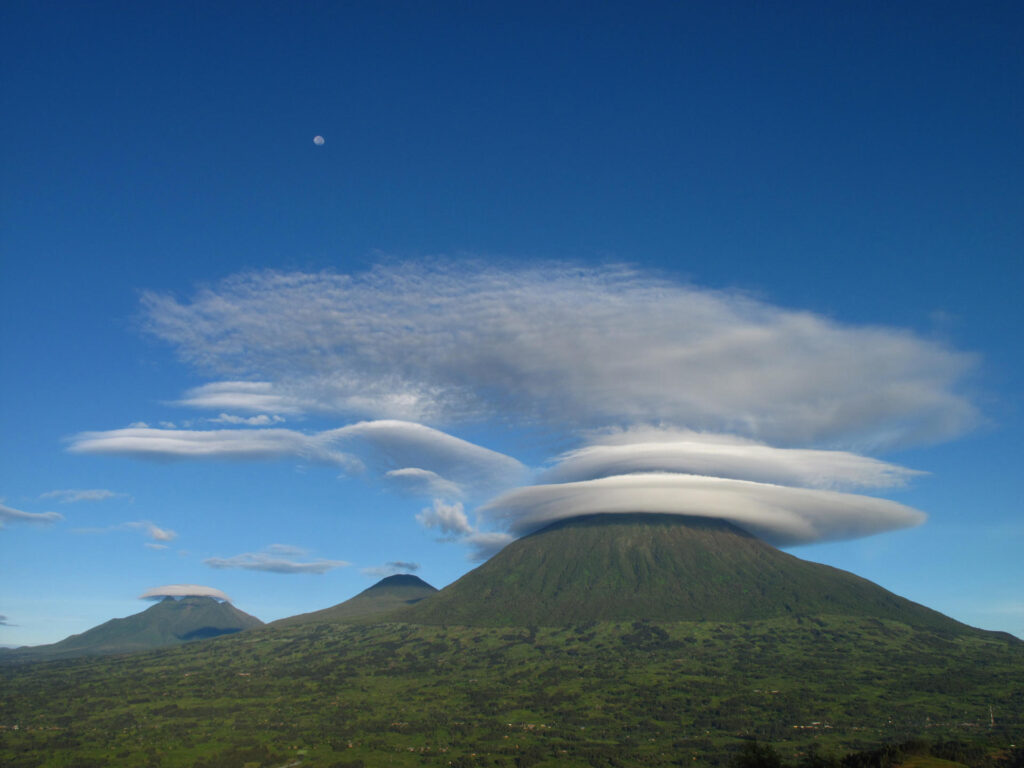

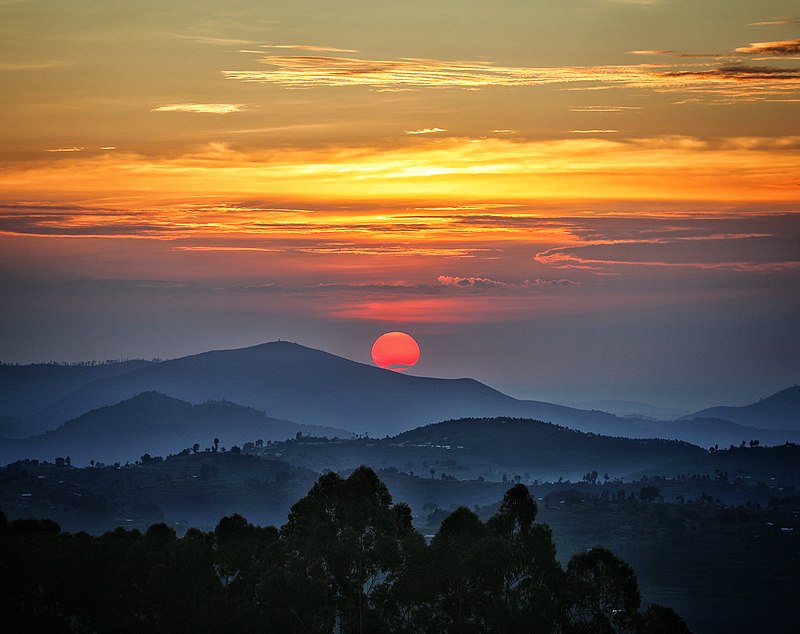
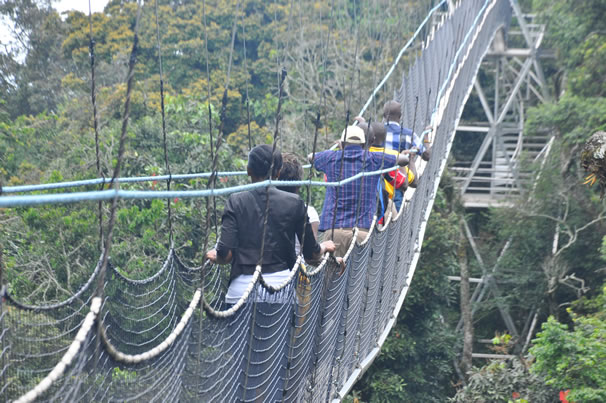
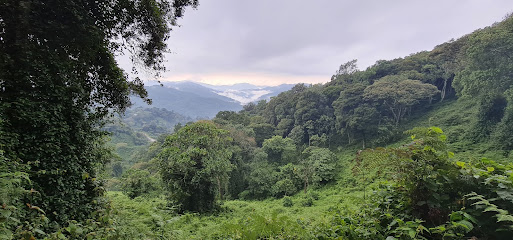
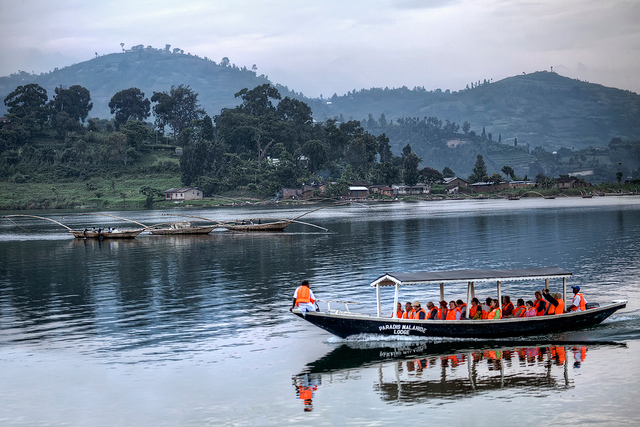
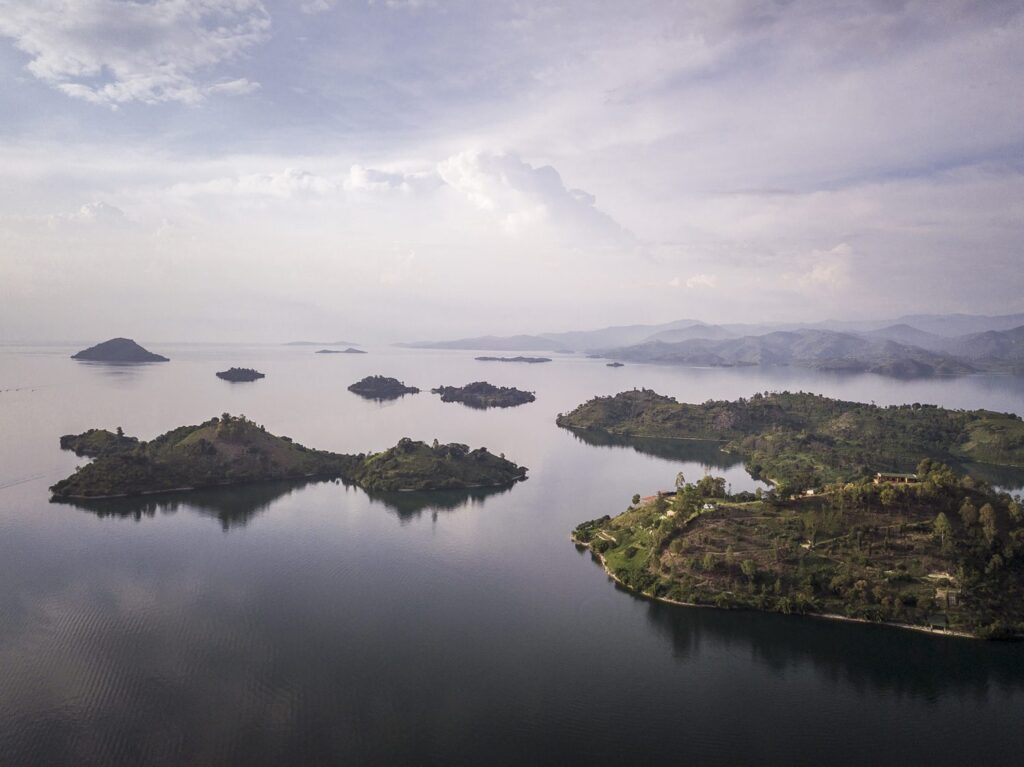
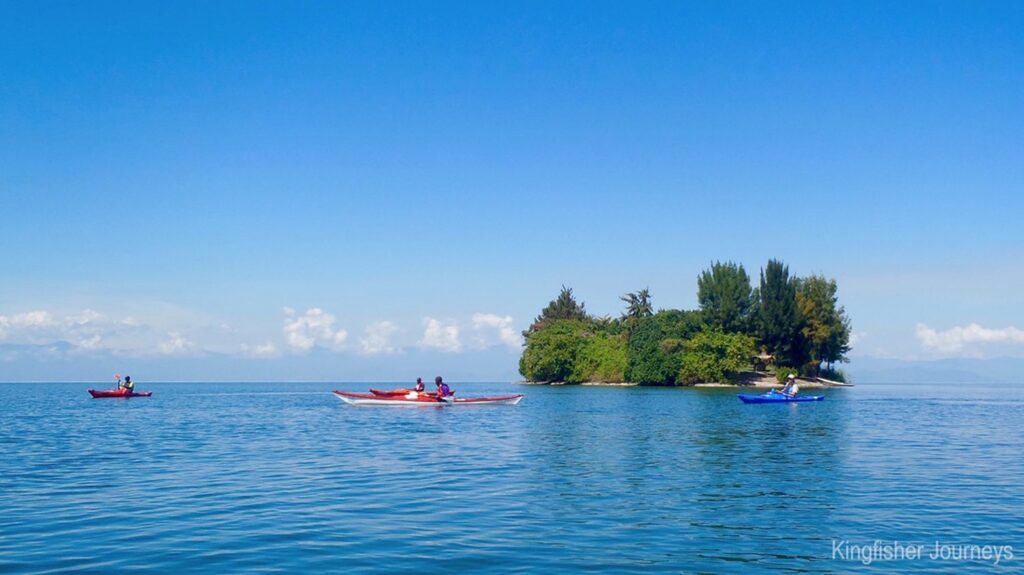




Chimpanzee Trekking












Cultural Tour




















Game Drive






























Golden Monkey Tracking












Gorilla trekking






















Guided Walking Safaris






















Hot Air-Balloon Safari








Photographic Safaris






























